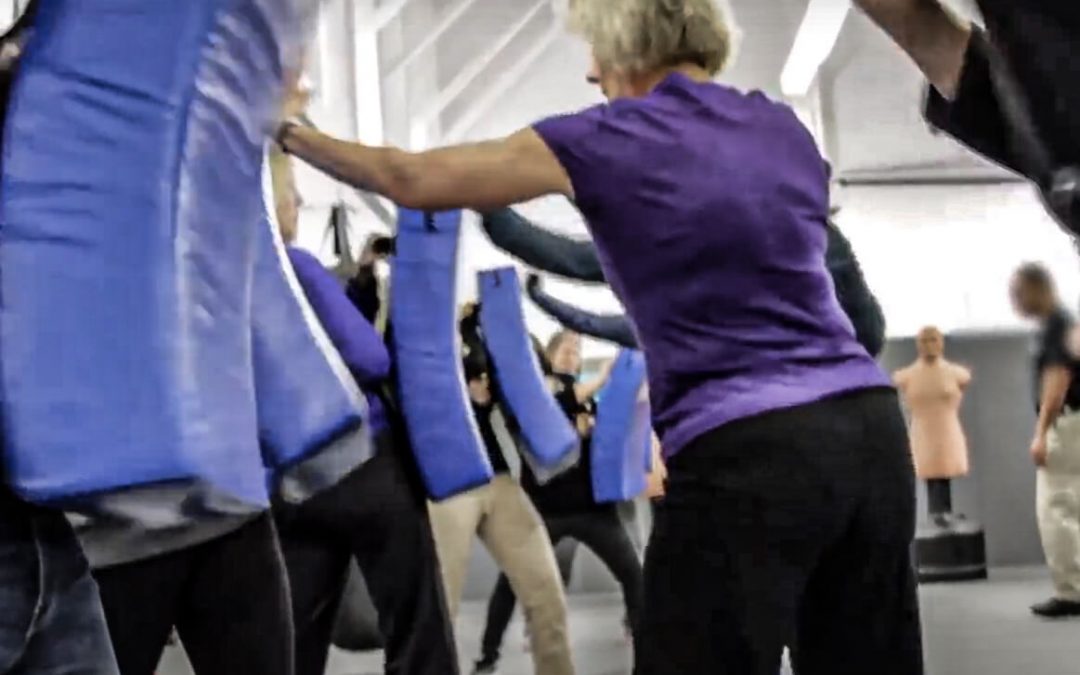
by Eric Price | Jul 29, 2021 | Front Page, Organizing, Page Four, Page Three, Page Two, Perusals, Row 2
Passenger Rage is So Bad the TSA is Offering Free Self Defense Classes Amid a wave of violent attacks from passengers, the Transportation Security Administration (TSA) is restarting self-defense classes designed specifically for flight crews and gate agents. The...
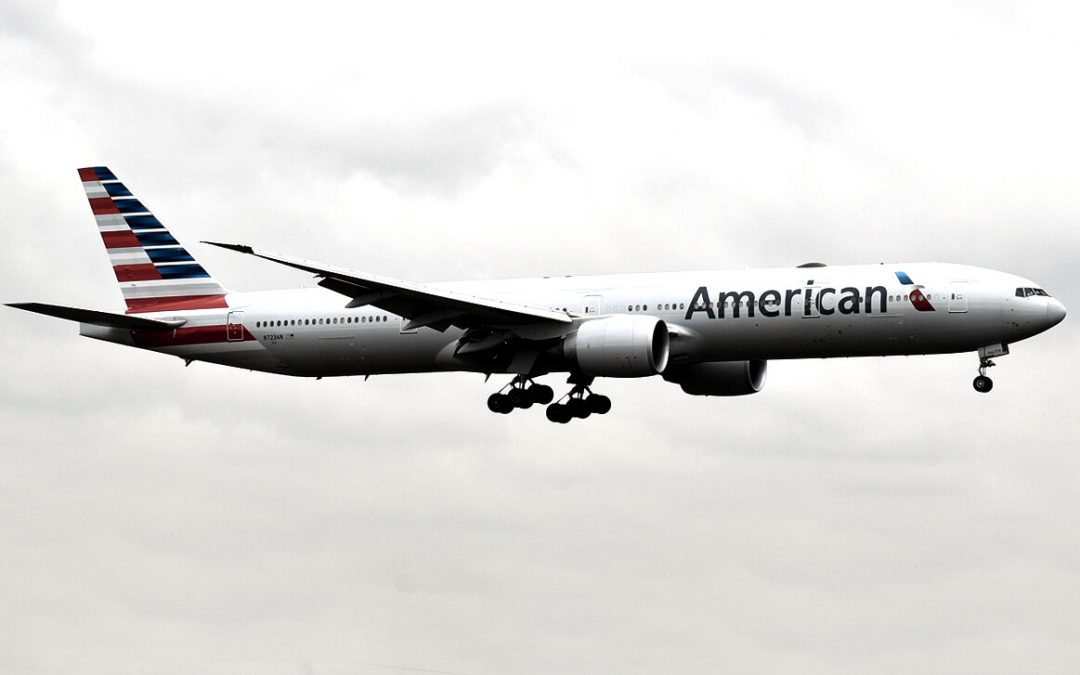
by Eric Price | Jul 28, 2021 | Airlines, American, Front Page, MNPL, Organizing, Page Five, Page Four, Page Three, Page Two, Row 2, United
Our View: Airlines Slowly Returning to Profitability Thanks to PSP Airlines are rebounding. This is due to many factors, not least of which is the taxpayer-funded Payroll Support Program. This legislation covered the wages for airline workers so carriers could keep...
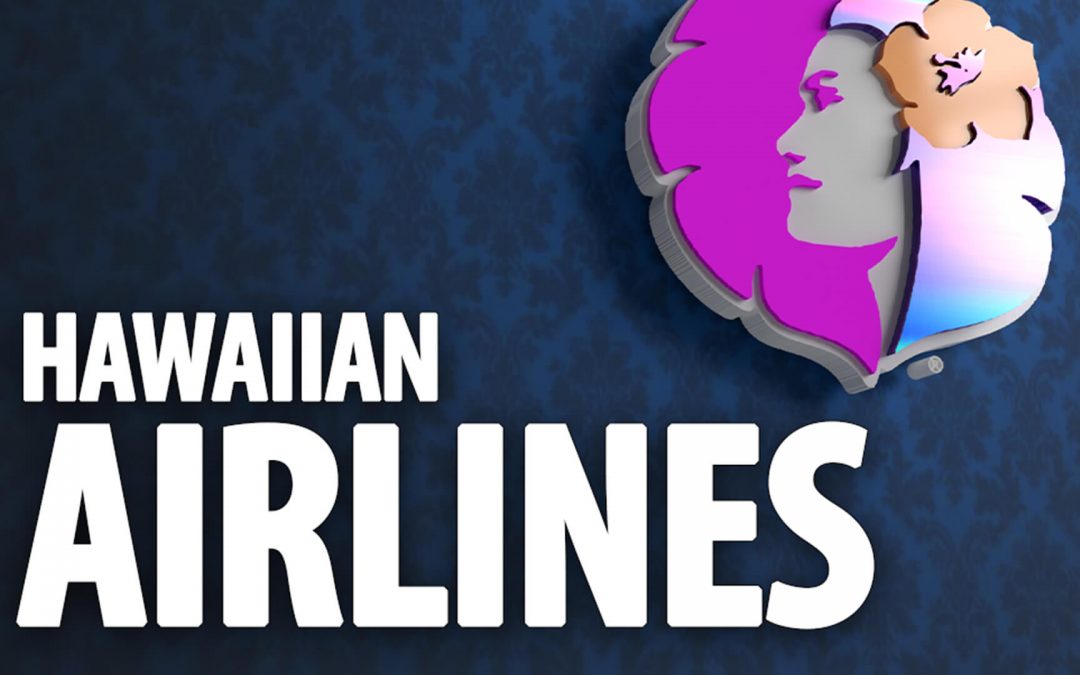
by Eric Price | Jul 26, 2021 | Front Page, Hawaiian, Organizing, Page Five, Page Four, Page Three, Page Two, Perusals, Row 2, Uncategorized
Aloha Sisters and Brothers of Hawaiian Airlines, Last month, we informed you that we were planning a high-level executive meeting between the IAMAW and Hawaiian Airlines the week of July 19, 2021, to discuss the outstanding issues that required more work. These issues...
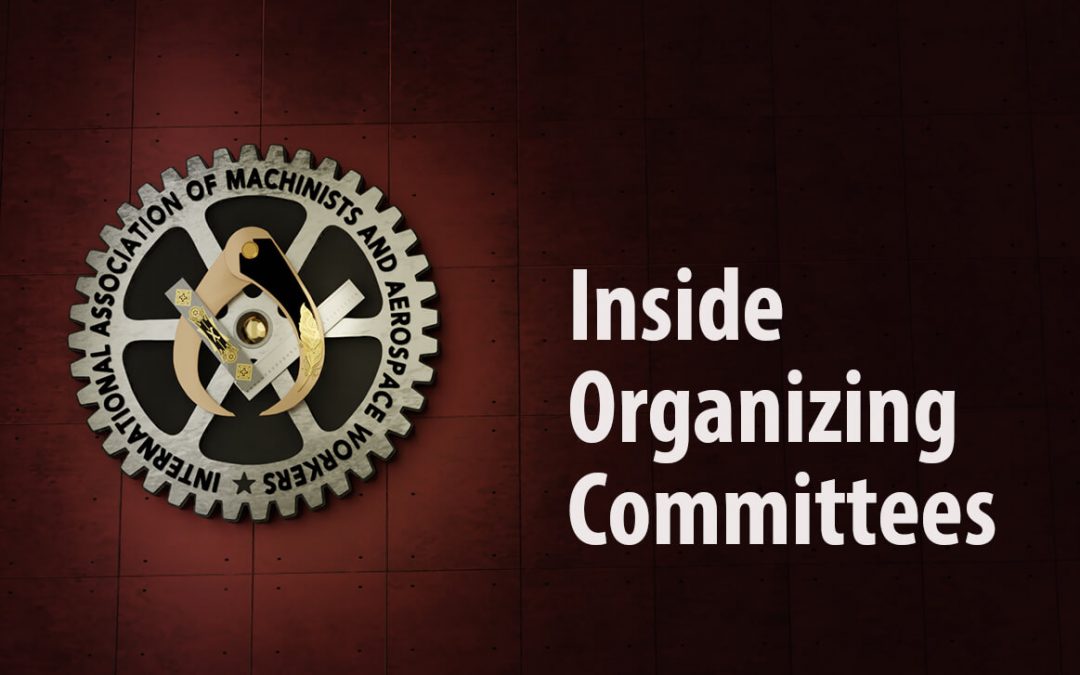
by Eric Price | Jul 21, 2021 | Front Page, JetBlue, Organizing, Page Four, Page Three, Page Two, Perusals, Row 2
Primer on Inside Organizing Committees Inside Organizing Committees, often referred to as “Inside Committees” are a key part of organizing a workplace. Here’s a little more information about how they work. Got Union questions? Call or text a Union...

by Eric Price | Jul 19, 2021 | Front Page, GOIAM Stories, MNPL, Organizing, Page Five, Page Four, Page Three, Page Two, Perusals, Row 2
Help Us Protect Critical Service Contract Jobs That Support Our Military The IAM is continuing to urge the Biden administration to protect Service Contract Act (SCA) workers’ jobs by reinstating critical job security protections. Many thanks to the Machinists &...
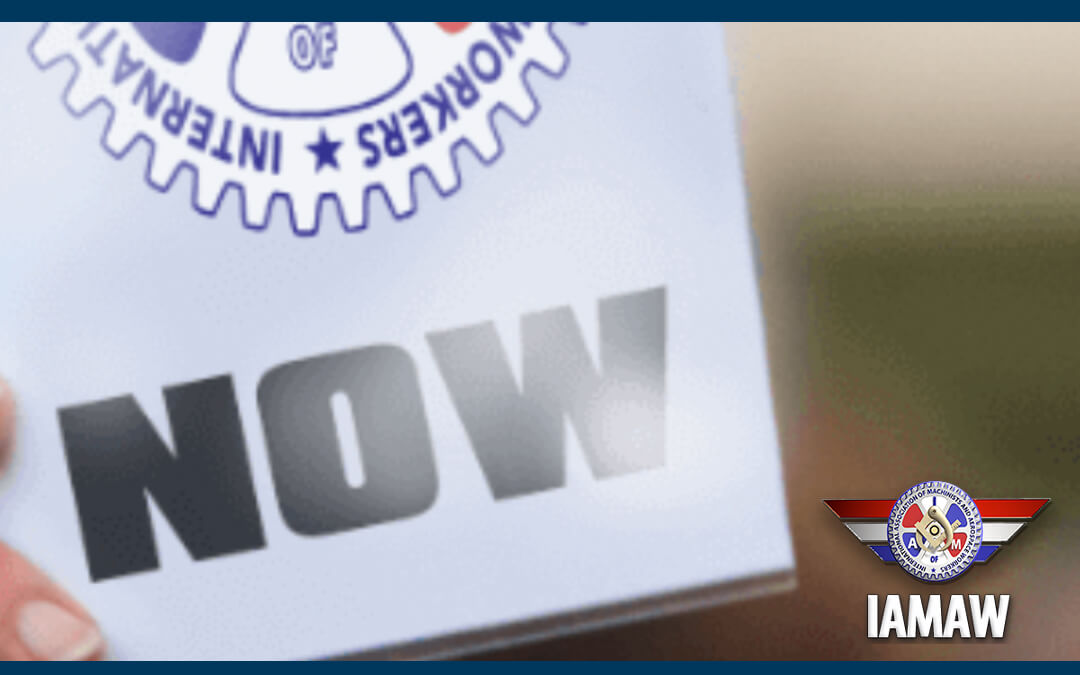
by Eric Price | Jul 12, 2021 | Front Page, MNPL, Organizing, Page Four, Page Three, Page Two, Perusals
IAM Activism Pays Off with Minimum Wage Increase at Minneapolis Airport On July 1, IAM District 77 joined a coalition of unions and workers at Minneapolis-Saint Paul International Airport in a press conference commemorating the airport’s minimum wage increase to...







